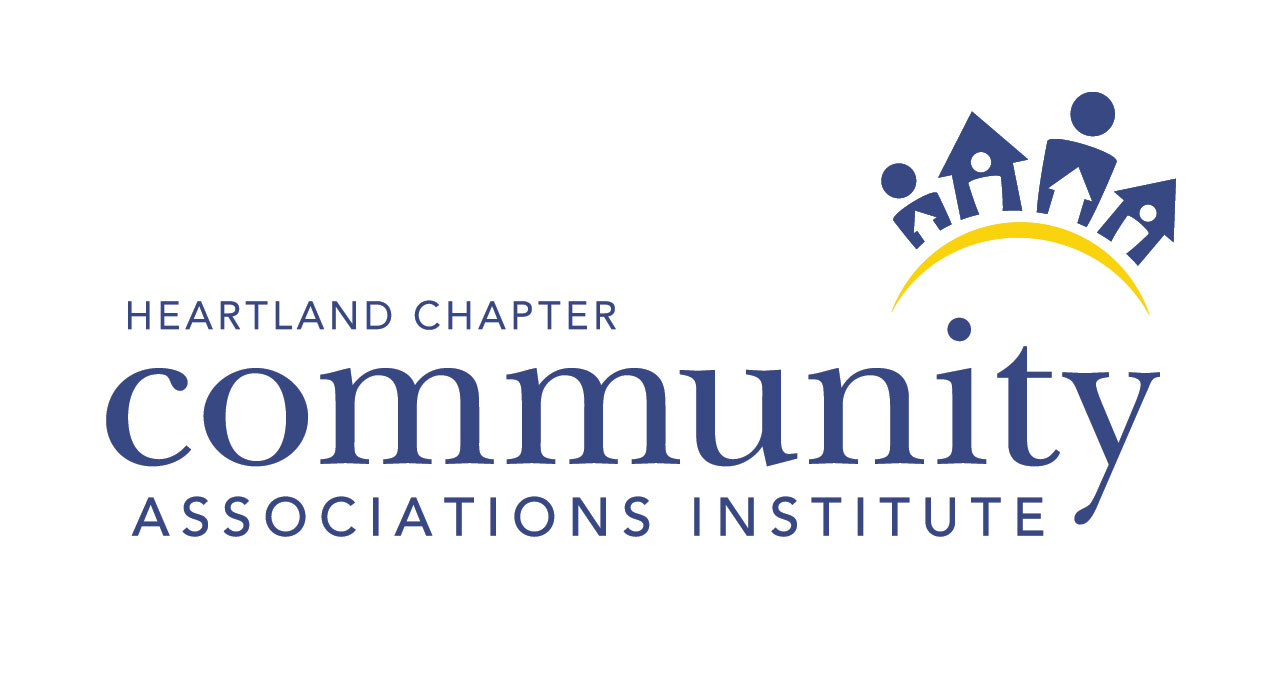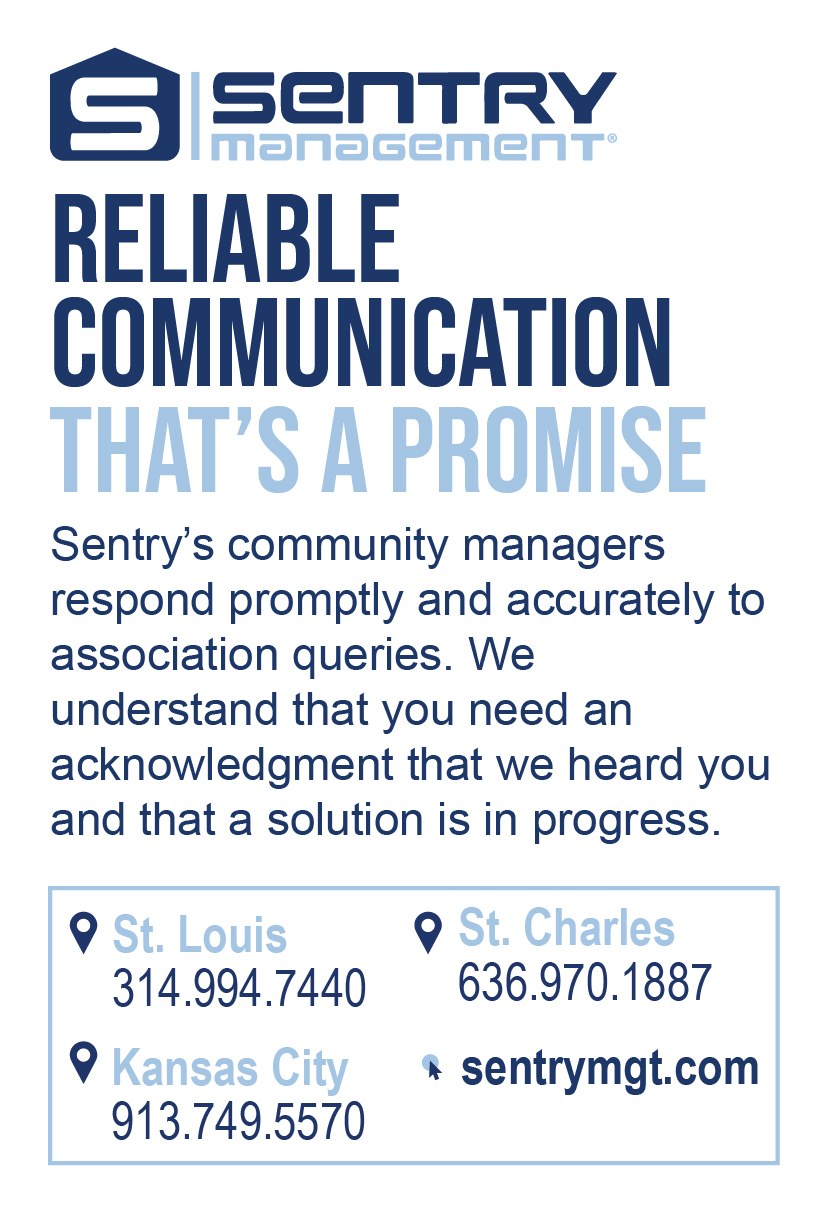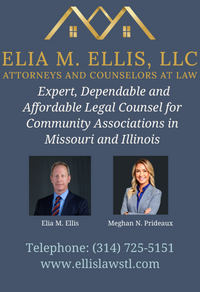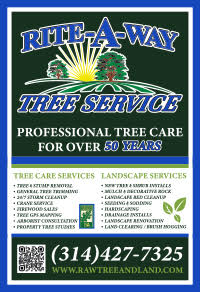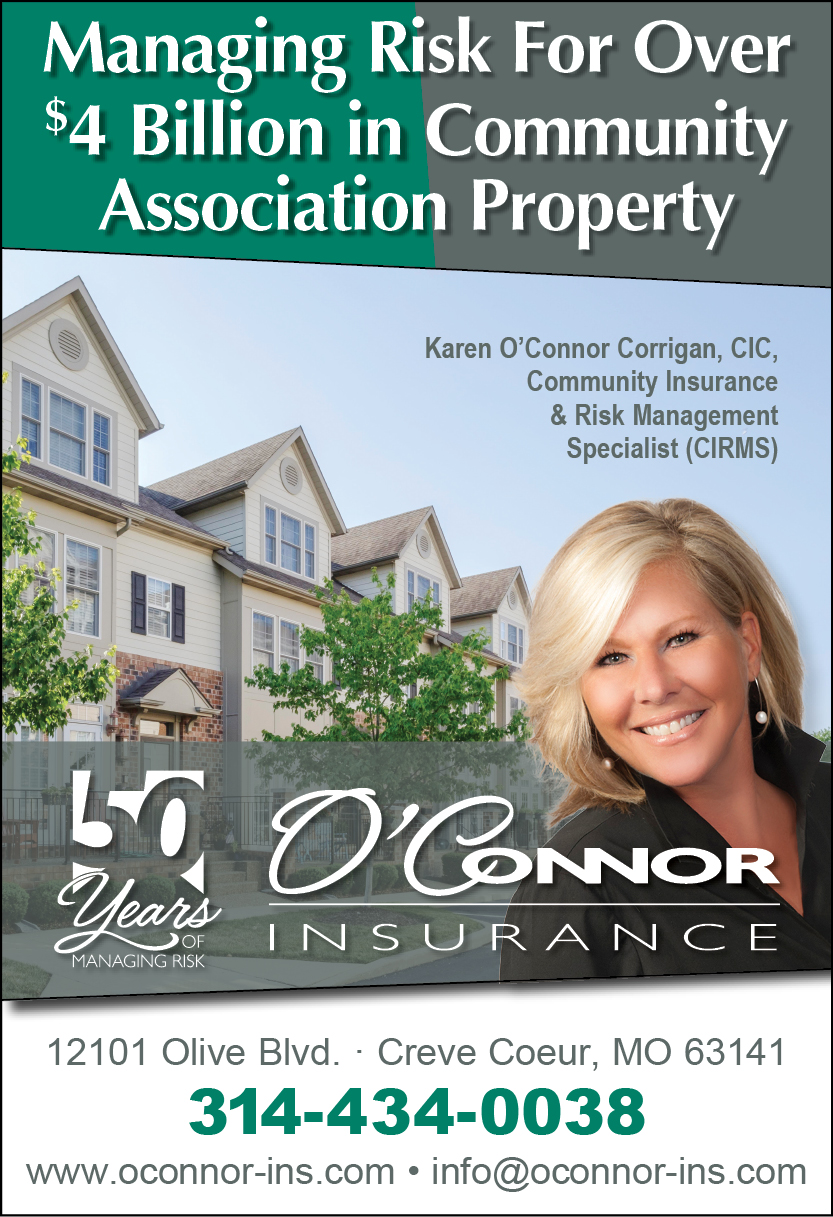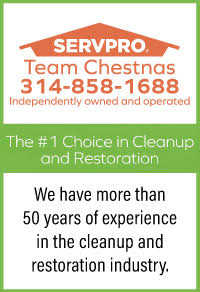What To Do After a Disaster?
Post-Storm Recovery: Key Steps for Condominium Association Boards and Managers After Major Storm Loss
Severe storms, like those that recently impacted the St. Louis area on May 16, 2025, can cause widespread damage and disruption for condominium associations. In the aftermath of such events, it is critical for association boards to act swiftly and strategically to protect residents, property, and finances. Below is a step-by-step guide for condominium association boards and community managers to follow after a major storm loss.
1. Ensure Resident Safety and Mitigate Further Damage
Policy Provision: Mitigation of loss is a standard condition in commercial property insurance policies. Failure to do so may result in a denial of subsequent losses.
- Secure the property: Prioritize resident safety and secure the premises. This includes tarping roofs, boarding broken windows, and preventing unauthorized access.
- Stop further damage: Remove standing water, clear debris that could cause injury or further loss, and shut off utilities if necessary.
- Documentation is key: Take comprehensive photos of all damage before cleanup begins. This visual record is essential for your insurance claim.
- Work with a local, reputable disaster restoration contractor. You can find a list of contractors on the Community Association Institute’s directory.
2. Both the Association and Owners Should Notify Their Insurance Carriers Immediately
Policy Provision: Timely notice of loss is typically required for coverage to apply. While it may be prudent to obtain estimates before submitting a claim, in cases of major storms, it may be worthwhile to get in an adjuster’s queue to avoid delays.
- Report the claim to your insurance agent right away. Due to the high volume of claims in regional disaster events, expect possible delays before an adjuster is assigned.
- Obtain and document the claim number and the contact information of the adjuster once assigned. Share this information with your restoration contractors.
- Most Associations have large wind and hail deductibles, so Owners should discuss loss assessment, dwelling, personal property, and loss of use coverage with their personal insurance companies.
3. Retain Receipts and Maintain a Claims Log
Policy Provision: Reimbursement for reasonable and necessary expenses to protect covered property is typically provided.
- Keep all receipts for temporary repairs and mitigation measures. These expenses are often reimbursable under your policy’s "reasonable repairs" clause.
- Maintain a detailed log of all communications with vendors, adjusters, and residents regarding the claim.
4. Engage Professional Services
- Disaster restoration companies can provide immediate mitigation, drying, and board-up services.
- Your legal counsel may assist in complex claims and preparing loss assessment notices for Owners.
- Engineers or contractors can provide expert damage assessments and repair estimates that support your claim. You may need to engage a structural engineer if damage is significant.
5. Understand Your Policy’s Coverage
Key provisions to review in your commercial property insurance policy include:
- Deductibles: Most associations will have large wind and hail deductibles. Owners typically share these deductibles, per the provisions of your governing documents.
- Covered property: Understand what elements (e.g., roofs, siding, mechanical systems) are included.
- Business interruption and extra expense: Review whether your policy includes coverage for additional expenses to keep your building operational (i.e., generators, security, etc.).
- Ordinance or Law: This covers increased costs to repair or rebuild due to changes in building codes.
- Outdoor Property: This covers damage to trees, landscaping, and some outdoor structures, but is often subject to a sub-limit per item and in aggregate.
6. Communicate with Unit Owners
- Provide regular updates to residents on damage assessments, repair timelines, and safety concerns.
- Instruct Owners to have their personal insurance adjusters coordinate with the Association’s adjuster.
- Clarify the difference between what the association's master policy covers and what unit owners' individual HO-6 policies should cover (e.g., personal property, unit interiors).
7. Plan for Long-Term Recovery
- Prioritize repairs and restoration efforts to return the property to a habitable and compliant condition.
- Communicate with Owners that after major regional events, repairs may take additional time. If their Unit is uninhabitable, they should arrange alternate housing.
8. Stay in Contact with Your Insurance Broker and Adjuster
Adjusters may be delayed during widespread events, but your broker can be a vital liaison during the claims process. They can:
- Expedite communication with the carrier.
- Help ensure compliance with policy requirements.
Provide strategic advice to maximize your claim recovery
